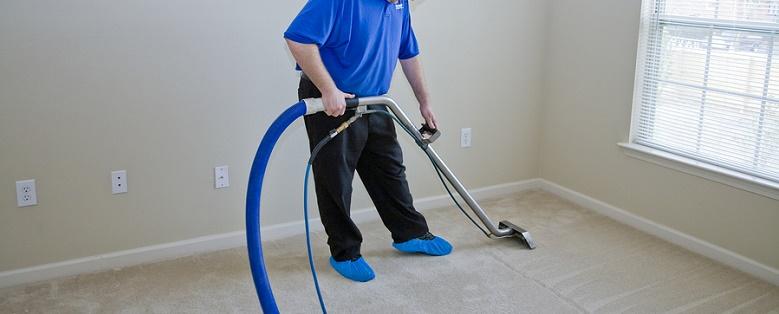
Flooding can cause huge amounts of damage to structures and personal items, so time is of the essence when attempting to salvage these things. Depending upon the type of flood damage that has been suffered, water extraction services may be necessary to remove water and prevent further damage. Extraction can make the difference between saving everything or having to replace it all and is one of the main parts of effective flood damage restoration.
What Is Water Extraction?
Water extraction is a preferred method of quickly removing water from flooded areas with high-powered extraction machines. Essentially, these machines are giant wet-vac units that suction up any standing water in a building as well as the liquid left in carpet and flooring. When extraction is begun immediately after a flood event, it reduces flood damage by allowing them to completely dry out before they can be ruined by mold and mildew. increasing the ability to salvage more items.
How Is Water Extraction Done?
Obtaining thorough results when using water extraction machines requires that several things be done prior to starting the process. Flood damage restoration specialists usually ask that the power be turned off at the circuit box for the safety purposes. All parties involved in the clean-up needs to put on safety gear to protect themselves from contamination due to any chemicals or organisms that may be present in the flood water. The following steps must be taken before the extraction process can begin:
- Prepare the Area - It is important to initially go through the affected area and remove floating debris and anything not permanently attached to floors or walls. Anything that may clog the machine must be removed, although some area rugs may be left for water extraction efforts.
- Suction Standing Water - Once the area is clear of all debris, any standing water should be suctioned up with the powerful extraction machine.
- Remove Non-Salvageable Items - After removing excess water, saturated drywall and insulation, cabinets, and other fixtures should be removed. These items may suffer irreparable flood damage and be considered non-salvageable depending on how they were constructed. They must be removed to ensure that a thorough extraction process is performed throughout the area.
- High-Powered Extraction - Water extraction is done on floors, walls, carpet, and area rugs in order to suction out any remaining water. Powerful extraction machines can remove nearly all the water left in these materials to a point of feeling barely damp to the touch. This is not the end of the process as thorough drying is still required to prevent permanent water damage resulting from the growth of mold and mildew.
- Dry and Sanitize - After extracting as much water as possible from floors, walls, and rugs, flood damage restoration crews will then use various high speed drying methods to eliminate any remaining fluid. When floods involve contaminated greywater or blackwater, or mold or mildew is already beginning to form, they will also use various cleaning preparations to disinfect and sanitize the various material, then dry them again. This process continues until everything is clean, mildew-free, and completely dry.
Water extraction with high-powered wet suction machines is the first and most important step in repairing flood damage before it becomes permanent. Still, the most critical element is acting quickly. When flooding occurs, it is essential that water be extracted as fast as possible, preferably within the first day. When done in conjunction with various high-speed drying methods, extraction allows flood damage restoration specialists to quickly remove water from of a building, increasing the chance of a full restoration!